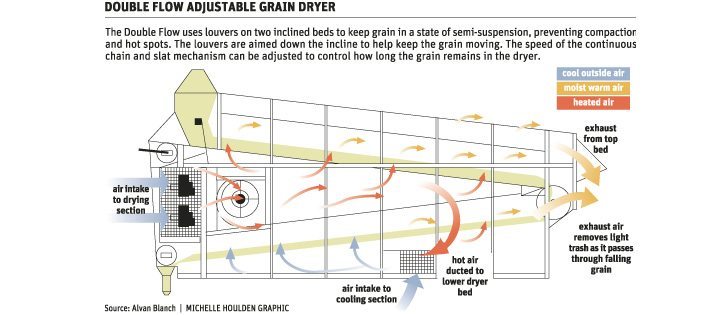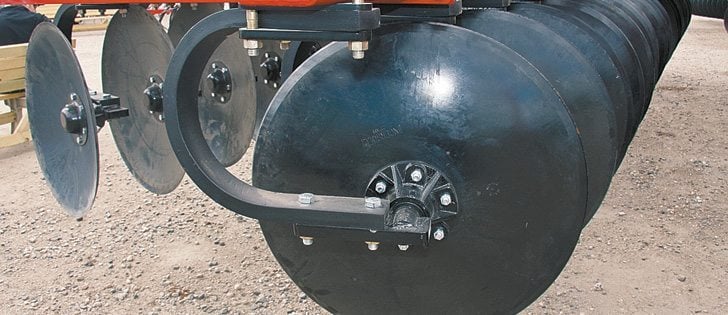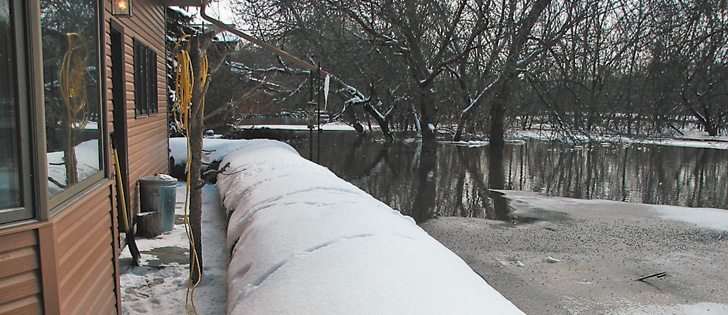Building a better grain bin means starting with better steel, such as the Galfan high tensile alloy employed in Farm West Bins.
“Galfan is a surface coating that’s superior to the old wartime galvanizing that dates back to the 1920s or ’30’s,” said Lyle Goebel of Prairie Steel, which does the steel work for Farm West. Goebel is also the engineer who designed the “best in class” bin.
Prairie Steel starts the building process with Grade 50 steel. It is a low-alloy, high-strength steel that’s stronger per unit of weight than the steel previously used in bins. Grade 50 is highly resistant to atmospheric corrosion, making it ideal for bins.
Read Also

Europe holds promise for Canadian lentils
Pulse Canada is trying to help boost lentil consumption in Europe, which is already the fourth largest market.
The Galfan coating is applied to the surface of the steel at the point of manufacture.
Once Galfan is applied, the mill then applies a clear acrylic coating that bonds to the Galfan.
The acrylic resists fingerprints and water staining and lets the steel form well in the rollers without an oil coating, which eliminates the residual oil that normally has to be washed off.
“With conventional galvanizing, we used to get water stains when the steel sat outside at the work site. With the acrylic, there’s no staining, ever,” Goebel said.
“The acrylic is a sacrificial material, so it’ll disappear in a few years. Then the Galfan itself is exposed.
“Nobody in Canada produces Galfan steel. I think somebody in the States has rights of production now, and they just started producing it. We get ours from China and Taiwan. It’s a higher quality than we get from domestic mills.”
The cones are then painted inside and out before shipping. Goebel said how the cones are formed is a secret.
“What it really comes down to is we have machinery now that can form long strips of steel, which are shaped into the cone. The old method involved cutting a lot of smaller pieces and welding them together. This is much more rigid.”
For more information, contact Lyle Goebel at 306-933-1141 or visit www.prairiesteel.com.















